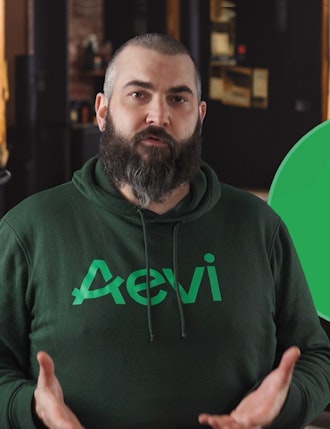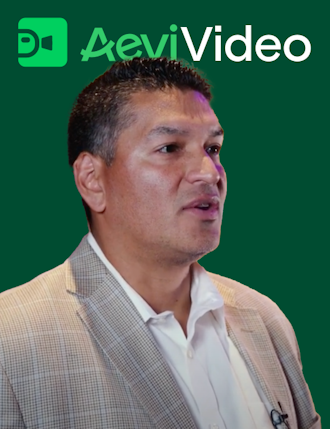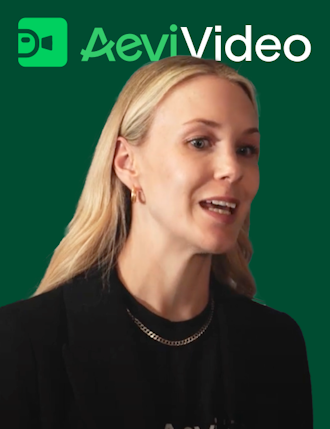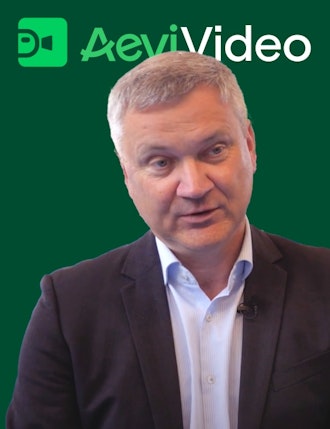Financial IT sat down with Aevi’s Platform Strategist, Martin Herlinghaus, to discuss the freedom brought to in-person payments with orchestration.
Financial IT: Aevi talks a lot about orchestration. What is that, exactly?
Martin Herlinghaus: Ultimately orchestration is about flexibility! On the one hand, it is about freedom of choice with regard to partners and on the other hand, it is about the flexibility to design and operate the checkout and payment flow across partners, devices and territories! And this is easier said than done, especially in in-person commerce, which is a highly security-driven environment, with lots of local regulations and devices that were designed as data fortress, acting as anchor points to the physical world. Orchestration is therefore extremely relevant in a digital-first world to connect all stakeholders, i.e. merchants, acquirers, payments processors, providers of alternative payments methods, and providers of data management solutions to work together to provide the best possible services to their respective customers. If a merchant wants data to better understand its customers, orchestration delivers. If VAT or loyalty programs enter the picture, orchestration can cope. If changes to providers are required, orchestration will enable this. Orchestration requires the technology to ensure that different systems from different organisations are seamlessly integrated. Nevertheless, orchestration is, of course, digital-based. It has been central to the rapid evolution of online payments and e-commerce.
Financial IT: What about in-person payments?
Martin Herlinghaus: To date, that has been a completely different story. In contrast to e-сommerce, in-person commerce has a far longer history and has been designed in a sequential way, in analogy to cash payments. This design flaw haunts all industry players in a highly connected, digital world. In some cases, financial institutions that are involved with the payments process have legacy systems that make it very difficult for them to innovate. In others, they must take into account the ubiquity of local payment cards – such as Girocard in Germany or Carte Bancaire in France, who come with their own regulations. The problems don’t stop there. Independent Software Vendors (ISVs) may find it difficult to make headway in payments services markets where the acquirers, the merchants, and the payments processors are – for whatever reason – inflexible. The same goes for Independent Sales Organisations (ISOs) which play a key role in enabling smaller merchants in the United States. Not only do they need to cater to upcoming new payment types, such as “buy now, pay later”, but they also need to redefine their business role, as smaller merchants require them to offer them more than just in-person payments. They want business enablement services across channels.
Financial IT: So, Aevi aims to make in-person payments as creative as online payments?
Martin Herlinghaus: Exactly. Our platform provides the orchestration and the integration. We connect all the different players in the payments ecosystem. We work with merchant acquirers, specialist payments services providers (PSPs), ISVs, ISOs and financial institutions. Our platform is open, device-agnostic, and flexible. It enables payments and data to flow through any channels that may be required. It allows the entire ecosystem to evolve.
Financial IT: Сan you give some examples?
Martin Herlinghaus: We have been working for some time with one of the leading universal banks in the Benelux region. They are a major acquirer and were looking to do more work with small merchants. They had a user-friendly tablet-like device for the merchants. By using our platform, the bank had access to the software and connectivity that was needed for this major project. We are also collaborating with leading fuel retailers in Europe. As you can imagine, the surge in the numbers of electric vehicles (EVs) poses some interesting challenges to them. There are also opportunities. These companies should be able to do good business by providing charging points for EVs. However, that raises questions of how, exactly, the drivers pay to recharge their batteries. We’re talking about in-person payments here – and that means that Aevi can help. Alternatively, consider a major supermarket operator with a strong presence in Germany, say, another 10 countries (mainly) in Central and Eastern Europe. Generally, that means that they will have to work with a local bank as acquirer and local payments gateways. They will likely have a lot of pricing power in negotiations with the acquirers and the providers of the hardware that will feature at every checkout desk at each of their stores in the different countries. However, they won’t have centralisation. In terms of their payments infrastructure, they will be operating a silo for each of the different countries. This again limits their ability to introduce new features and to harmonize their digital with their instore operations, resulting in high operational costs and long roll-out cycles. Our platform is designed to help all players in the payments value chain to overcome these challenges, as we are taking out the complexity of in-person commerce for all of them. This allows the entire industry to rethink how they work together; this is what orchestration is all about.
Financial IT: How would you summarise all this?
Martin Herlinghaus: The world of payments consists of two parts. Online payments have always been digital. In-person payments still largely take place on infrastructure that was developed in the analogue era. We make in-person payments digital. Our platform enables all players in the in-person payments ecosystem – big and small – to benefit from rapid change. That is what orchestration is all about.











